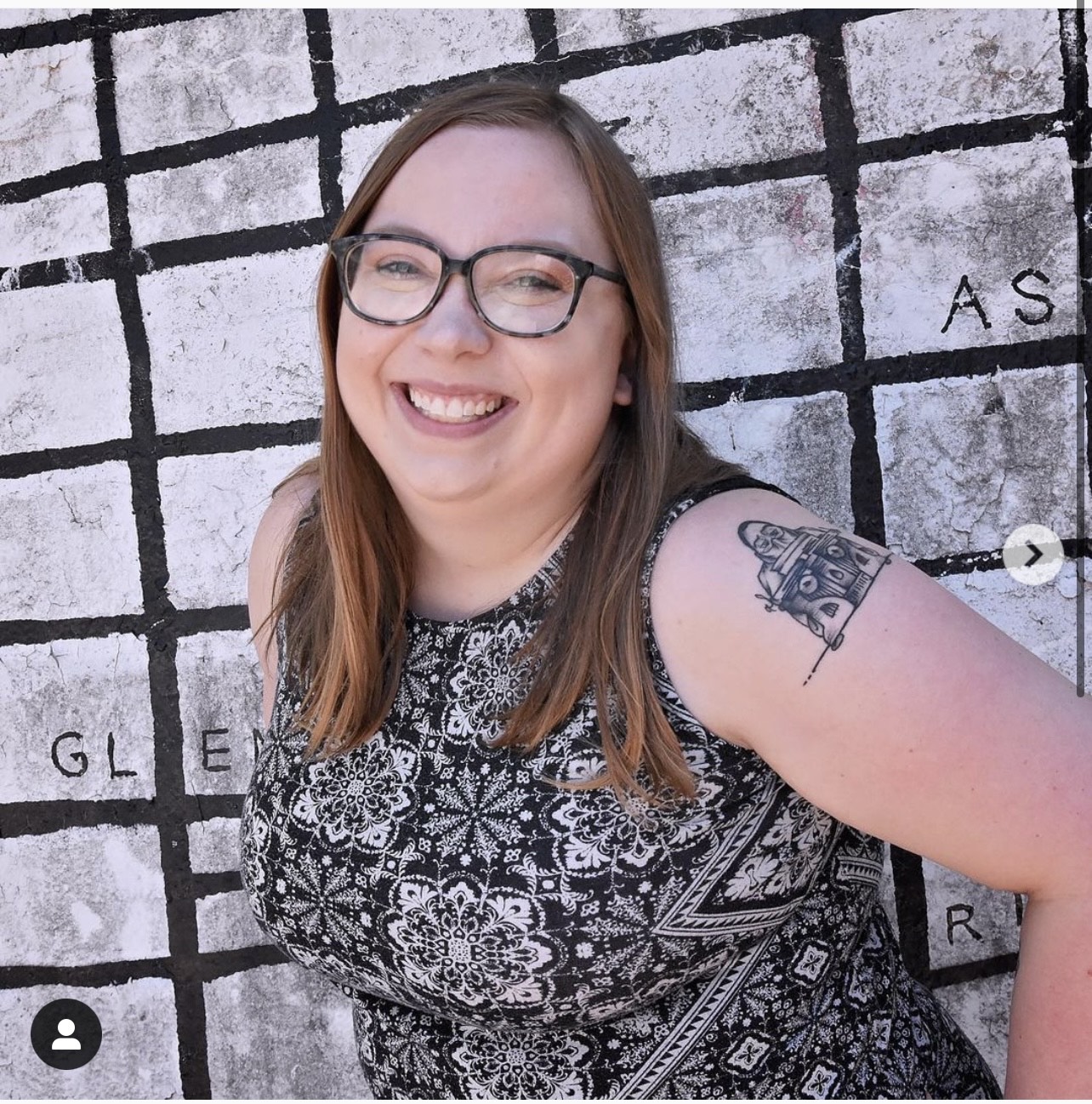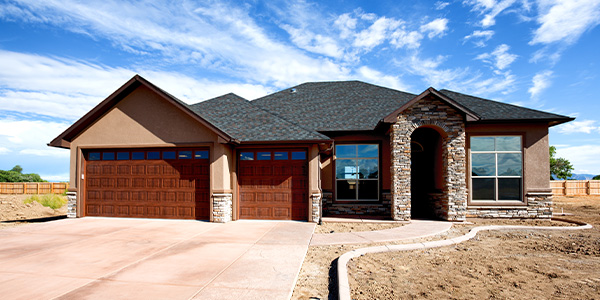Homebuyers
Fixed-Rate or Adjustable-Rate Mortgages: Which Home Loan is Right for You?
February 21, 2025
When you’re applying for a mortgage, many homebuyers may not realize there are many kinds of loans to choose from.
These include the traditional, fixed-rate mortgages, the most common type of home loan, as well as adjustable-rate mortgages (ARMs). Homebuyers generally choose between the two based on their lifestyles and how long they plan to be in their homes.
“[You should balance] the instances they would be used in to be able to help you navigate the times, the market, or your circumstances with how long you’ll be in the house and how you can leverage them to your advantage,” said New American Funding Senior Vice President of Growth and Expansion Mosi Gatling.
For example, 15-year and 30-year fixed-rate loans are generally good for buyers who expect to live in their residences for the long haul. Borrowers don’t have to worry about their monthly housing payments rising if mortgage rates go up.
If rates drop, you may be able to refinance their loans to bring down their mortgage payments.
You may prefer an ARM if you don’t expect to be in the home for very long. The mortgage rates on an ARM typically adjust up to a certain amount after an introductory period. This means payments can go up and down over time.
Often investors, military, and other buyers will choose this type of mortgage if they expect to have sold their home before their rate adjusts.
“Once [buyers] see the details, they decide which loan options [get them closer to their] goals,” said New American Funding senior loan consultant Bridgette Sweet. She is based in Greenwood Village, Colo.
What is a fixed-rate mortgage?

A fixed-rate mortgage is just as it sounds. The mortgage rate doesn’t change through the life of the loan. This allows you to lock in the majority of their mortgage payment for the long-term. This doesn’t include property taxes, home insurance, or homeowner association fees, which often change over time.
“It allows you to have stability,” said Gatling. “There won’t be any changes or any change in terms.”
Generally, this type of loan is offered in 15-year or 30-year durations.
Mortgage rates are typically lower on 15-year mortgages, but your payments will be higher instead of lower. That’s because you’re paying off the loan in half the time as a traditional, 30-year mortgage. So, you will have larger payments.
The downside to this type of loan is that if mortgage rates fall, you will have to refinance your loan, and pay closing costs, if you hope to lock in a lower rate.
What is an adjustable-rate mortgage?

Adjustable-rate mortgages have…adjustable rates. They generally have a set introductory period of five, seven, or 10 years where the rate is fixed. However, when that period of time ends, rates will generally adjust to what they are in the current market.
Generally, there is a cap in place of how much higher they can go to protect borrowers. That doesn’t mean that monthly mortgage payments won’t jump, though.
The loan typically adjusts every year after the introductory period ends. This means the size of your monthly payment can fluctuate over the life of your loan unless you refinance into a fixed-rate mortgage.
“You have to worry about being able to afford that in the future,” said Gatling.
One of the perks of an ARM is that it often, but not always, offers lower introductory mortgage rates until the rates reset.
Buyers who expect to sell their homes or refinance their loans before their rates adjust or anticipate rates falling often consider these loans.
“People are leveraging the opportunity to have a lower rate on the adjustable-rate mortgage because they know they’re not going to stay there for the long haul,” said Gatling.
Bridgette Sweet NMLS# 640484
Mosi Gatling NMLS# 557166






 Smart Moves Start Here.
Smart Moves Start Here.